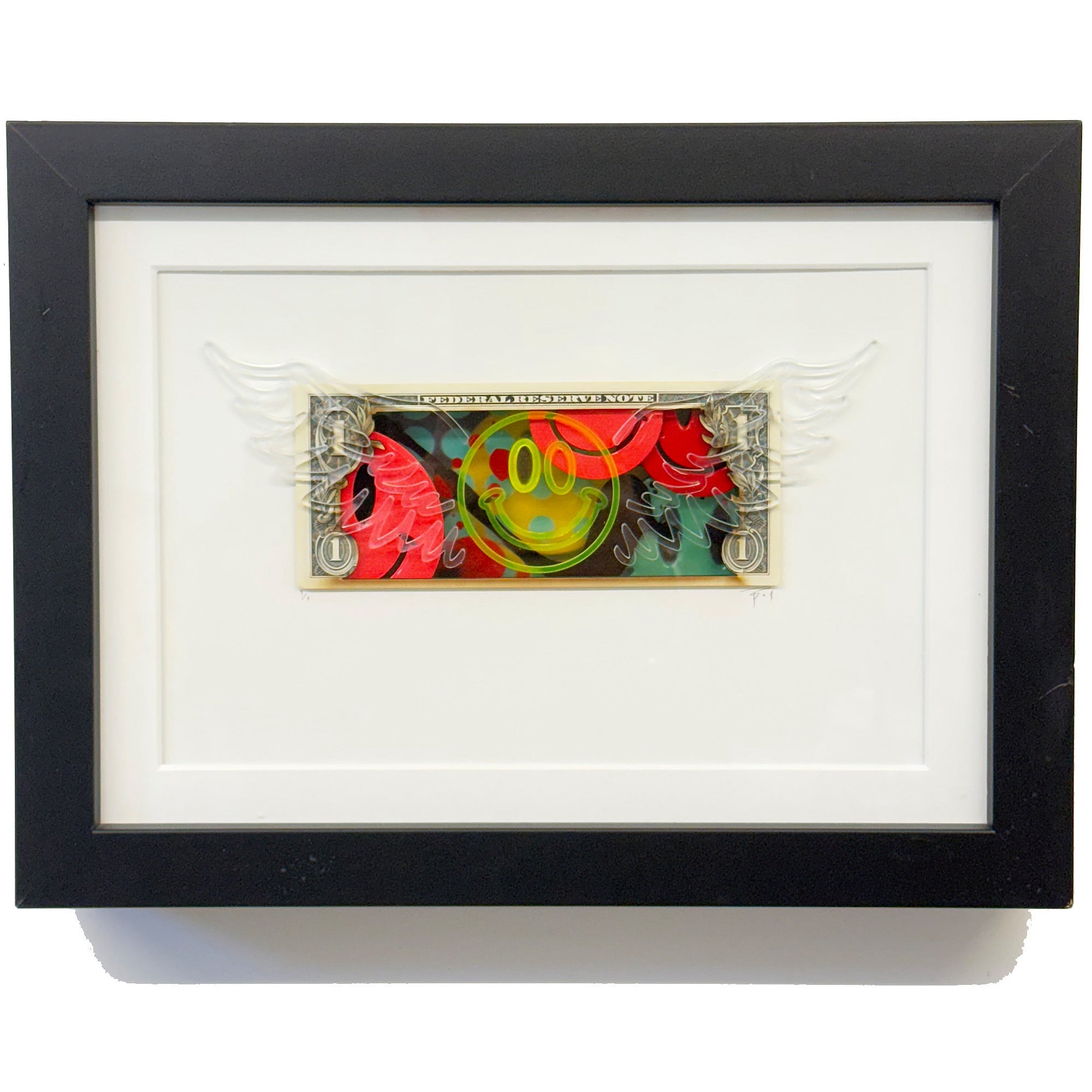Understanding the Importance of Proper Storage
Artworks are not just mere decorative pieces; they are valuable assets that can increase in value over time. However, improper storage can lead to damage and depreciation of these assets. Factors like temperature, humidity, light exposure, pests and improper handling can adversely affect your artwork's condition. Therefore, understanding how to store them correctly is vital.
Choosing the Right Environment
The environment where you store your artwork plays a significant role in its preservation. Here are some aspects to consider:1. Temperature and Humidity: Extreme temperatures and fluctuating humidity levels can cause materials like paint and canvas to expand and contract leading to cracks or warping. The ideal temperature for storing artwork is around 21°C (70°F), while relative humidity should be kept between 40% - 50%.
2. Light Exposure: Direct sunlight or harsh artificial light can fade colours and cause deterioration over time. Store your artworks in a dark place or at least away from direct light sources.
3. Pest Control: Insects like silverfish or moths can damage paper-based artworks like drawings or prints. Regularly check your storage area for any signs of pest infestation.
Proper Handling and Packaging for art
Handling artwork requires care as oils from hands can leave marks on the surface causing long-term damage. Always use clean gloves when handling artworks.When it comes to packaging, each type of art requires different materials:
1. Paintings: Use acid-free tissue paper for covering the surface before wrapping it with bubble wrap for protection against physical damage.
2. Sculptures: Wrap them with foam padding before placing them in sturdy wooden crates with enough cushioning material inside.
3. Prints & Drawings: These should be stored flat in archival-quality portfolios or boxes lined with acid-free tissue paper.
Insurance Coverage
Despite all precautions, accidents may still happen - fire, theft or natural disasters could pose risks to your valuable collection of art pieces. Therefore, getting insurance coverage for your artwork is advisable as it provides financial protection against such unforeseen events.
Preserving artwork requires more than just keeping it out of harm's way; it involves careful consideration of environmental factors along with proper handling and packaging techniques. By following these guidelines, you will ensure that your cherished pieces remain vibrant and intact for years to come.









